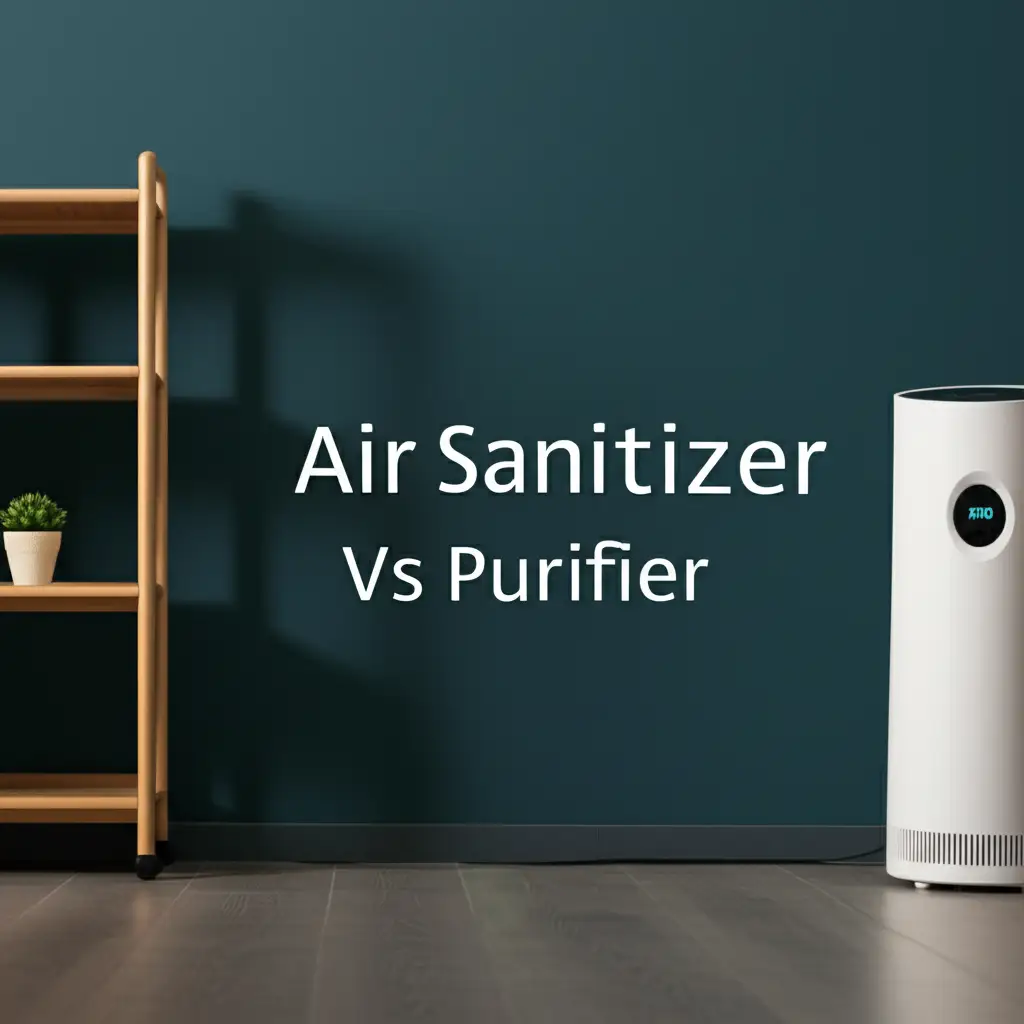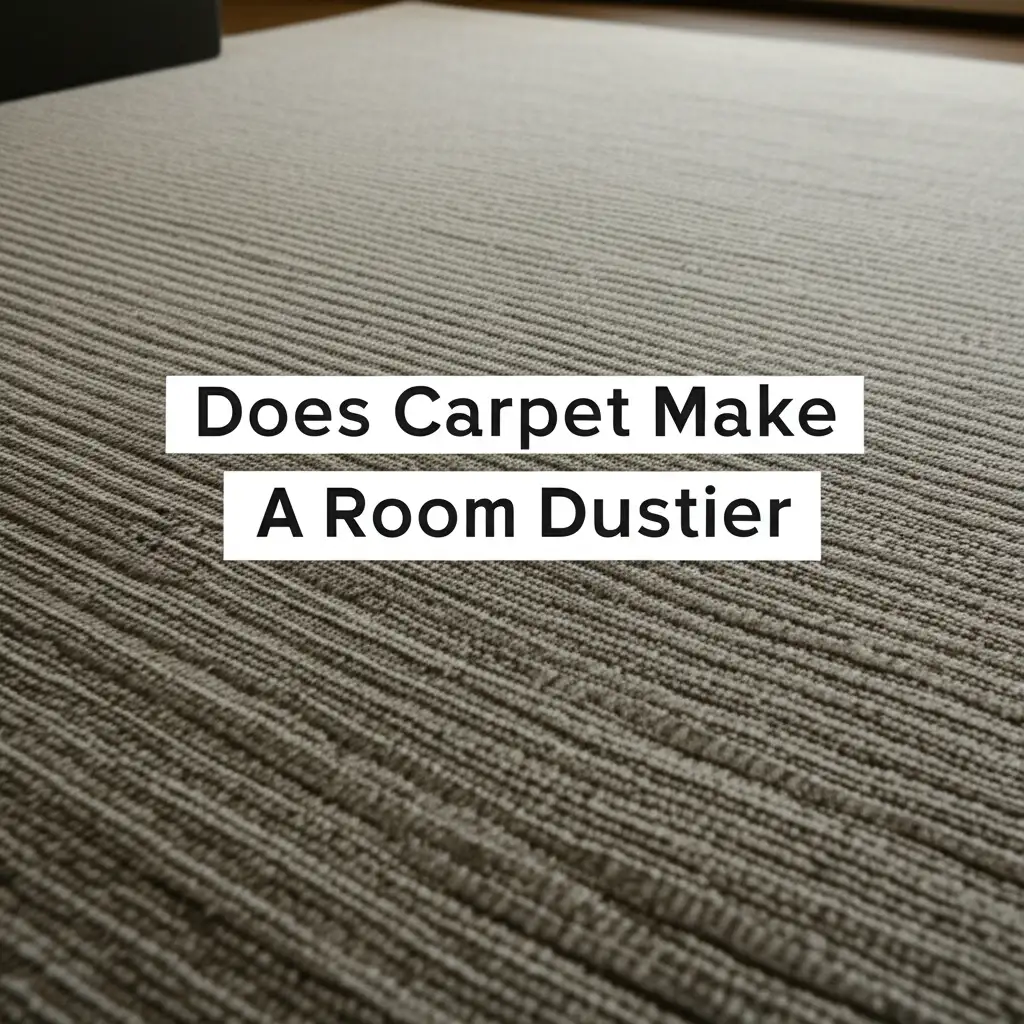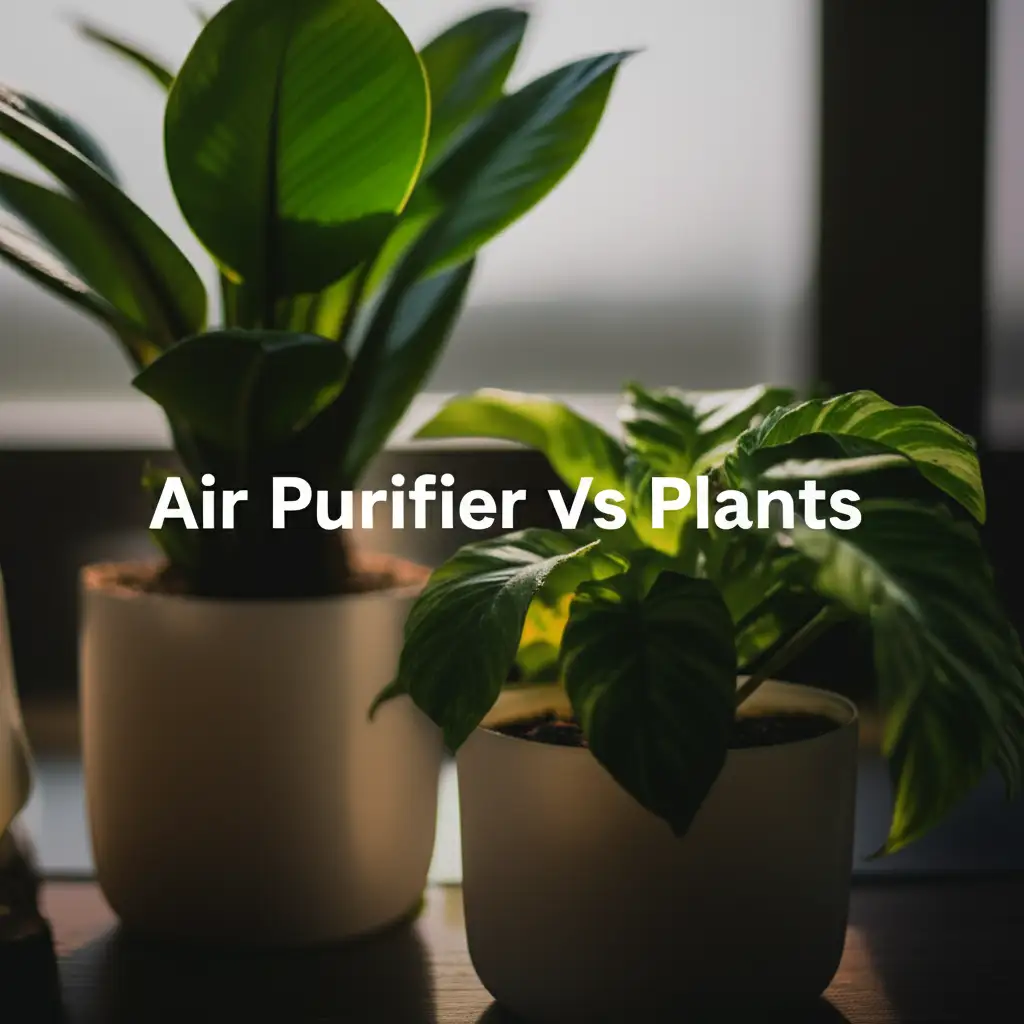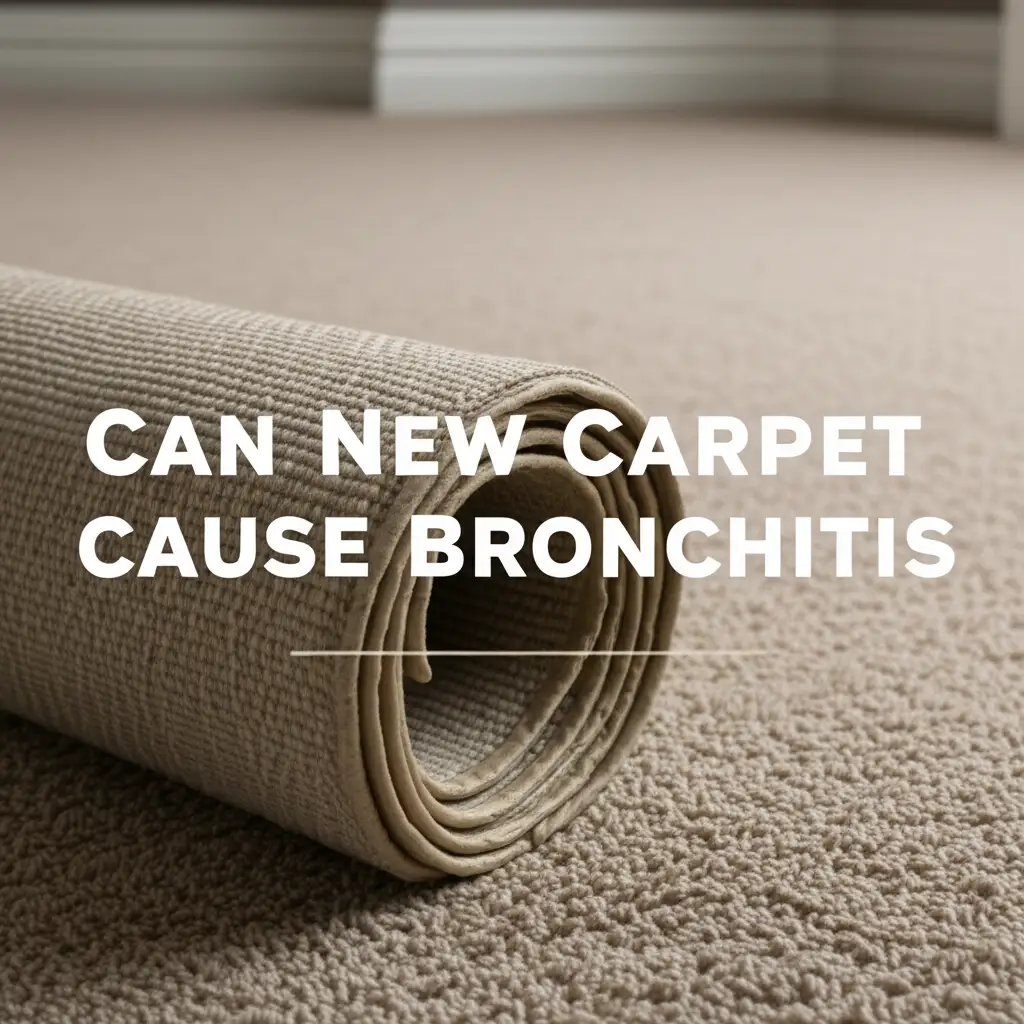· Elira Thomsen · Indoor Air Quality · 13 min read
Air Sanitizer Vs Purifier

Air Sanitizer Vs Purifier: Choosing Your Path to Cleaner Air
Do you ever wonder what is floating in the air you breathe at home? Our indoor spaces can hold more than just dust. They often contain hidden particles, allergens, and even microorganisms. I know I often feel concerned about the quality of air inside my house. Many people consider buying a device to clean their home’s air. You might look at air sanitizers or air purifiers. These devices sound similar, but they do different jobs. Understanding their core functions helps you make the right choice for your family’s health. This article explores the distinct roles of air sanitizers and air purifiers. We will discuss how each device works. We will help you decide which option or combination best fits your needs.
Takeaway
- Air purifiers remove particles like dust, pollen, and pet dander from the air using filters.
- Air sanitizers neutralize airborne microorganisms such as viruses and bacteria, often using UV-C light or chemical processes.
- Sanitizers target living threats, while purifiers remove physical matter.
- Both improve air quality, but they address different types of airborne contaminants.
- Consider your primary air quality concerns before choosing a device.
Clear, Concise Answer to the Main Query
An air purifier filters out physical particles like dust, pollen, and pet dander from the air. An air sanitizer actively neutralizes or kills airborne microorganisms such as viruses, bacteria, and mold spores. Purifiers remove, while sanitizers destroy.
Understanding Air Purifiers: What They Do
Air purifiers are common household appliances designed to improve indoor air quality. They work by drawing air into the unit. Then, the air passes through a series of filters. These filters capture different types of airborne contaminants. This process results in cleaner air.
The most effective air purifiers use HEPA filters. A HEPA filter traps very small particles. These include pollen, pet dander, dust mites, and mold spores. The filter media is dense and pleated. This design catches particles as tiny as 0.3 microns with 99.97% efficiency. This level of filtration greatly reduces allergens in your home. You can learn more about how these filters work by reading about the air purifier vs HEPA filter difference.
Many air purifiers also include an activated carbon filter. This filter handles odors and volatile organic compounds (VOCs). VOCs come from cleaning products, paints, and furniture. Activated carbon absorbs these gaseous pollutants. This eliminates smells and improves overall air freshness.
Air purifiers do not kill viruses or bacteria directly. They remove them from the air if they are attached to larger particles. They are excellent for people with allergies or asthma. They also benefit anyone who wants to reduce general dust and airborne irritants. Regular filter replacement is crucial for their performance. Over time, filters get clogged and lose efficiency. Some air purifiers also have a pre-filter. This pre-filter captures larger particles. This helps extend the life of the main HEPA filter.
Exploring Air Sanitizers: Their Primary Function
Air sanitizers serve a different purpose compared to purifiers. Their main goal is to destroy or deactivate airborne microorganisms. These include viruses, bacteria, and mold spores. Air sanitizers do not typically remove physical particles like dust or pollen. They focus on the living biological threats in the air.
Several technologies power air sanitizers. Ultraviolet germicidal irradiation (UVGI) is a common method. UV-C light targets the DNA of microorganisms. This renders them unable to reproduce or cause harm. UV-C lamps are often built into HVAC systems or standalone devices. They are effective at neutralizing airborne pathogens.
Another method involves photocatalytic oxidation (PCO). PCO uses UV light with a titanium dioxide catalyst. This reaction produces hydroxyl radicals. These radicals break down VOCs, bacteria, and viruses into harmless substances. Some sanitizers also release ozone. Ozone is a strong oxidant. It can destroy germs and odors. However, ozone can harm lung health. Many health organizations advise against ozone-generating air cleaners. It is important to check if a device produces ozone.
Air sanitizers are particularly useful in environments where pathogen transmission is a concern. This might include medical settings or homes with vulnerable individuals. They act as an extra layer of protection against airborne infections. They do not replace good ventilation or surface cleaning. Their function is to reduce the spread of airborne diseases.
Key Differences: Air Sanitizer Vs Purifier Mechanisms
The core difference between an air sanitizer and an air purifier lies in their operational mechanisms. An air purifier works like a vacuum cleaner for the air. It physically removes contaminants. An air sanitizer acts more like a disinfectant for the air. It eliminates microscopic living organisms.
Air purifiers rely on mechanical filtration. Air passes through physical barriers. These barriers trap particles based on their size. The filters capture allergens, dust, and particulate matter. The efficiency of a purifier depends on the quality of its filters. HEPA filters are the industry standard for particle removal. They do not use chemicals or light to destroy anything.
Air sanitizers use active processes to neutralize or kill airborne threats. UV-C light scrambles DNA. This stops microbes from functioning. Some advanced systems use other reactive agents. These agents break down biological contaminants. For example, some devices generate negative ions. While ions can make particles clump and fall, they also interact with some microbes. Understanding these differences helps clarify their roles. For instance, you might wonder about an air purifier vs air ionizer if you are considering ion-based air cleaning.
Purifiers deal with the physical presence of contaminants. Sanitizers deal with the viability of biological contaminants. A purifier makes the air cleaner by taking things out. A sanitizer makes the air safer by making germs harmless. One cleans, the other sterilizes. This fundamental distinction guides their application.
Particle Removal Vs. Germ Neutralization: A Closer Look
Let’s dive deeper into what each device excels at. Air purifiers are champions of particle removal. They target common indoor air pollutants. These include pollen, which triggers allergies. They also capture pet dander, a major allergen source. Dust, dust mites, and mold spores also get trapped. These microscopic particles can irritate airways. Purifiers reduce asthma attacks and allergy symptoms. They also help keep surfaces cleaner by reducing airborne dust.
My air purifier has significantly reduced the amount of dust settling on my furniture. I notice less sneezing, especially during allergy season. It truly makes a difference for physical irritants in the air.
Air sanitizers specialize in germ neutralization. They tackle airborne viruses and bacteria. Think about cold and flu season. These devices aim to reduce the transmission of illnesses through the air. They can also target mold spores, preventing them from growing. This is a critical function for sensitive environments. For example, homes with newborns often need cleaner air. While humidifiers are for moisture, you might also consider an air purifier vs humidifier for baby to address germ concerns.
The goal for purifiers is to filter out tiny solids. The goal for sanitizers is to render living threats inert. They perform complementary roles in creating a healthy indoor environment. If you suffer from allergies, a purifier is your first line of defense. If you want to minimize airborne illness, a sanitizer adds an extra layer of protection.
Health Benefits and Risks: Making an Informed Choice
Both air purifiers and air sanitizers offer distinct health benefits. Air purifiers significantly reduce respiratory irritants. This helps people with allergies, asthma, and other respiratory conditions. Breathing cleaner air can improve sleep quality. It also reduces exposure to harmful particulate matter. Long-term exposure to fine particles can impact lung and heart health. Purifiers protect against these risks.
However, some air purifiers might have risks if they produce ozone. Ozone is a lung irritant. It can worsen asthma and cause chest pain. Always choose ozone-free air purifiers. HEPA filters are generally safe and effective.
Air sanitizers provide a layer of defense against airborne pathogens. They can lower the risk of catching airborne diseases. This is very valuable in homes with young children or elderly family members. It can also help during flu outbreaks.
However, some sanitizers carry risks. Devices that generate ozone can be dangerous. As mentioned before, ozone harms lung tissue. Look for sanitizers that explicitly state they are ozone-free. UV-C light, if not properly enclosed, can damage eyes and skin. Ensure any UV-C sanitizer is safely designed for home use. My family’s health is important to me, so I always check for safety certifications.
Understanding these benefits and risks is key. Prioritize your specific health concerns. Then, choose a device that offers the most benefit with the least risk. Always research product safety claims.
Factors to Consider When Choosing Your Device
Choosing between an air sanitizer and an air purifier depends on your specific needs. Start by identifying your main indoor air quality problems. Do you suffer from allergies or asthma? Is dust a constant battle in your home? If so, an air purifier is likely your best choice. It will remove the airborne particles causing your symptoms. You might also want to compare an air purifier vs humidifier for dust to see if moisture levels also affect your dust problem.
Are you more concerned about viruses, bacteria, or mold growth? Do you have someone with a weakened immune system at home? Then an air sanitizer may offer more targeted protection. It will actively neutralize those biological threats. If mold is a particular concern, comparing an air purifier vs dehumidifier for mold might also be helpful.
Consider the size of your space. Both types of devices have specific coverage areas. Match the device’s capacity to your room size. Look for certifications. Energy Star ratings indicate energy efficiency. AHAM Verifide certifies Clean Air Delivery Rate (CADR). CADR measures how quickly a device cleans a room.
Think about maintenance. Air purifiers require regular filter changes. This is an ongoing cost. Air sanitizers with UV lamps also need lamp replacements over time. Factor these costs into your decision. Finally, consider noise levels. Some devices are louder than others. Look for models with quiet settings, especially for bedrooms.
Combining Technologies: A Synergistic Approach to Air Quality
For the most comprehensive indoor air quality solution, combining technologies is often the best strategy. An air purifier excels at removing physical particles. An air sanitizer excels at neutralizing biological contaminants. Using both addresses a wider spectrum of airborne threats.
Imagine a scenario: Your air purifier diligently removes dust, pollen, and pet dander. This means fewer allergens circulate in your home. Simultaneously, an air sanitizer works to deactivate any airborne viruses or bacteria. This dual approach provides robust protection. It creates a cleaner and safer breathing environment.
Many modern air cleaning devices integrate multiple technologies. You might find units with a HEPA filter for particle removal and a UV-C lamp for germicidal action. This combination offers convenience and saves space. Always research integrated units carefully. Ensure each technology component is effective and safe. Check for ozone emissions if a UV-C lamp is present.
This synergistic approach is especially beneficial for people with severe allergies or compromised immune systems. It gives me peace of mind knowing my home’s air is as clean and safe as possible. It tackles both the visible and invisible threats. Investing in such a system offers maximum benefits for overall health and well-being.
Maintenance and Longevity: Keeping Your Air Clean Devices Working
Proper maintenance is critical for the effectiveness and longevity of both air sanitizers and air purifiers. Neglecting maintenance can reduce performance. It can also potentially lead to new air quality issues.
For air purifiers, filter replacement is the most important task. HEPA filters typically need replacement every 6-12 months. Activated carbon filters often need changing every 3-6 months. This schedule depends on usage and air quality. Dirty filters reduce airflow and filtration efficiency. They can also become breeding grounds for bacteria or mold. Always use genuine replacement filters specific to your model. I mark my calendar for filter changes. This ensures I never forget.
Air sanitizers with UV-C lamps require lamp replacement. UV-C lamps lose effectiveness over time. They typically last for 1-3 years of continuous use. Check your device’s manual for recommended replacement intervals. Even if the lamp still glows, its germicidal power might be diminished. Devices with PCO technology also require specific filter or module replacements.
Regularly clean the exterior of both types of devices. Wipe away dust from vents and fan blades. This prevents dust buildup that could re-enter the air. Some devices have pre-filters. These are often washable. Wash or vacuum pre-filters every 2-4 weeks. This extends the life of subsequent filters. Following these simple maintenance steps ensures your devices work optimally. They will continue to provide you with cleaner, healthier air for years to come.
FAQ Section
Q1: Can an air purifier also kill viruses and bacteria? A1: An air purifier primarily removes physical particles like dust and allergens. Standard HEPA filters trap airborne viruses and bacteria if they are large enough or attached to particles. However, they do not actively kill or neutralize them. For active germ killing, you need an air sanitizer, often with UV-C technology, which specifically targets and deactivates microorganisms.
Q2: Are ozone-generating air sanitizers safe to use in homes? A2: No, ozone-generating air sanitizers are generally not recommended for home use. While ozone can kill germs and remove odors, it is also a harmful lung irritant. Exposure to ozone, even at low levels, can worsen asthma symptoms, cause chest pain, and irritate the throat. Many health organizations advise against their use indoors.
Q3: How often do I need to replace filters in an air purifier? A3: Filter replacement frequency depends on the specific filter type, device usage, and indoor air quality. HEPA filters typically last 6-12 months. Activated carbon filters might need changing every 3-6 months. Pre-filters, if washable, should be cleaned monthly. Always refer to your device’s manual for precise recommendations to ensure optimal performance.
Q4: Do air sanitizers filter out dust and pollen like purifiers do? A4: No, air sanitizers do not typically filter out dust, pollen, or other particulate matter. Their main function is to neutralize or kill airborne microorganisms like viruses and bacteria. Some advanced models might integrate a basic pre-filter, but their primary mechanism does not involve the comprehensive physical filtration found in air purifiers with HEPA filters.
Q5: Can I use both an air purifier and an air sanitizer in the same room? A5: Yes, using both an air purifier and an air sanitizer in the same room is an effective strategy for comprehensive air cleaning. The purifier removes physical particles, and the sanitizer targets biological threats. Some combined units offer both functionalities in one device. This synergistic approach provides maximum protection against various indoor air contaminants.
Conclusion
Deciding between an air sanitizer and an air purifier becomes straightforward once you understand their distinct functions. Air purifiers act as powerful vacuums, trapping physical particles like dust, pollen, and pet dander. They are the frontline defense for allergy sufferers and those seeking to reduce general airborne irritants. My air purifier has made a significant impact on reducing my seasonal allergy symptoms.
On the other hand, air sanitizers are the germ fighters. They neutralize airborne viruses, bacteria, and mold spores, offering a crucial layer of protection against illnesses. They create a healthier environment, especially during times of heightened pathogen concerns. Ultimately, your choice depends on your primary air quality concerns. For comprehensive protection, many people choose to combine both technologies. This creates a multi-layered defense against a wide range of indoor air pollutants. Evaluate your needs, consider the pros and cons, and invest in the right solution for cleaner, safer air in your home. Take the first step towards better indoor air quality today.





